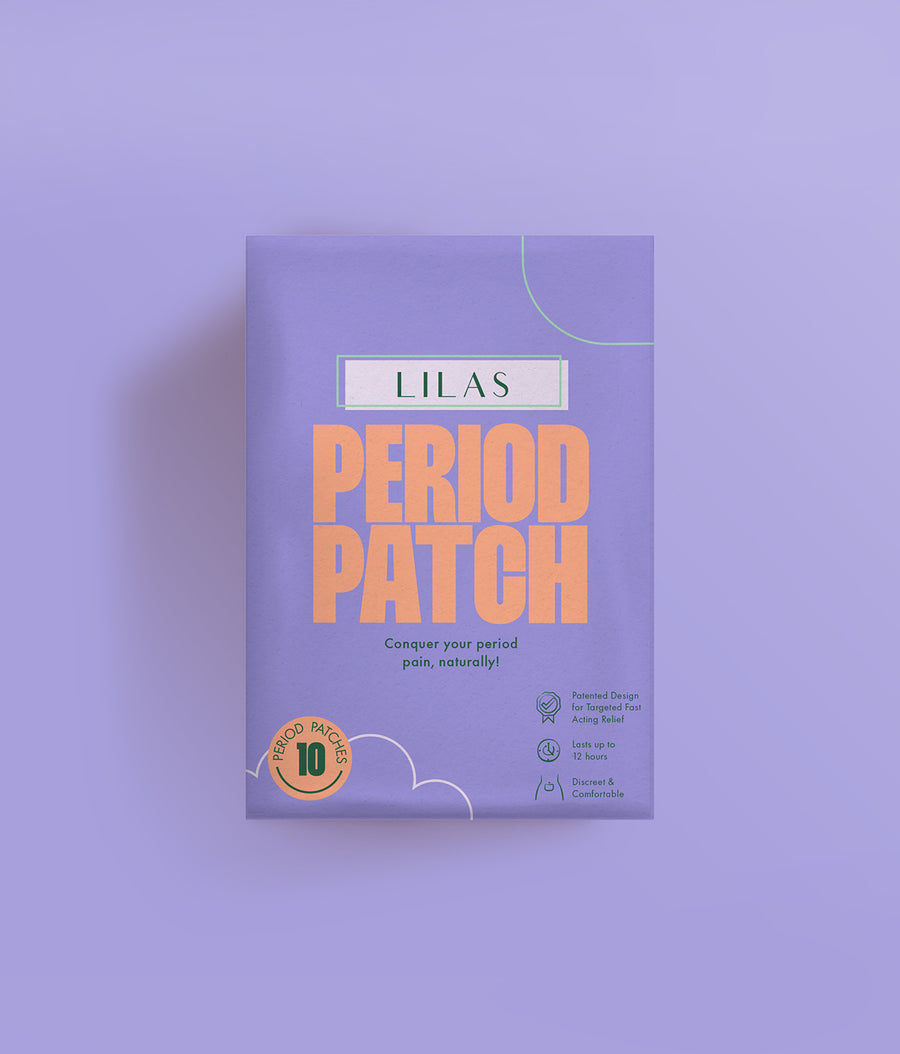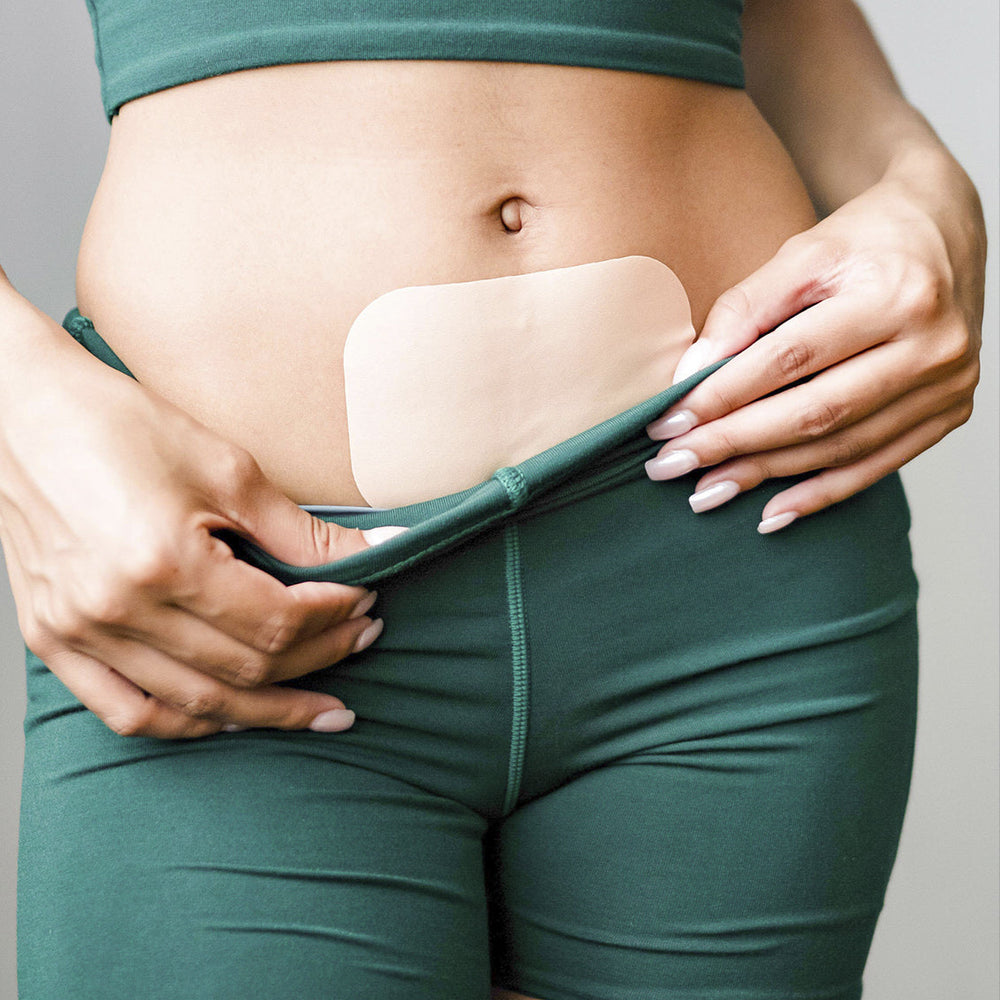Fibroids Awareness Month: Uterus or not, here is why you should care about uterine fibroids
70% of women will experience uterine fibroids at some point in their life, yet fibroid research is one of the lowest-funded conditions by the NIH. Uterine fibroids are non-cancerous growths or tumors that appear in the uterus and are the most prevalent and costly health issue affecting women, making it indisputable that fibroids warrant our attention. However, treatment options and medical research funding have failed to match the enormity of the chronic condition. So, what exactly are fibroids and how do they impact women’s health?
What are fibroids?
Nearly 1 in 5 women may have fibroids during their childbearing years and approximately half of all women will have them by age 50. The annual cost of uterine fibroids totals more than breast cancer, ovarian cancer, or colon cancer and fibroids are responsible for one-third of all hysterectomies performed. These tumors can range in size from a pea to a softball and even larger. Treatment options can be surgical or non-surgical and can include medication to minimize the size of the fibroids, focused ultrasound treatment, and even myomectomies (removal of the fibroid) or hysterectomies (removal of the uterus). While some women may never experience symptoms or require treatment for their benign fibroids, others can suffer from malignant tumors that turn into cancer or experience severe pain, pelvic pressure, anemia, frequent urination, painful and heavy periods, infertility, and pregnancy complications. And these fibromas disproportionately affect women of color.
Understanding the impact of fibroids on BIPOC women
BIPOC women are three times more likely to be diagnosed with fibroids than white women. On average, they also develop fibroids at a younger age and experience larger, more numerous fibroids that cause more severe symptoms. 80% of Black women will experience fibroids as compared to 70% of all women. They are two to three times more likely to have recurring fibroids or suffer from complications and, as a result, are at least twice as likely to undergo a hysterectomy.
While the reasons for this racial disparity are largely unclear, experts have highlighted possible risk factors that may be more prevalent among Black women. Experts hypothesize that BIPOC women are more at risk to develop certain conditions—such as starting periods at younger ages, obesity, stress, and lower Vitamin D levels—, thus putting them at a higher risk of developing fibroids. However, it must be noted that none of these risk factors have been proven to cause fibroids. Delays in diagnosis may also contribute to the need for more severe treatment. As fibroids can run in families, symptom normalization and generational or cultural issues can play a role in the stigma against fibroids, thus preventing women from getting diagnosed with fibroids before they reach an unsafe stage.
Policies and Initiatives
Although there are a variety of medical, non-surgical, and surgical treatments for fibroids, there are few that don’t negatively impact fertility or present long-term health risks. More research is needed to identify less invasive treatment options without such drawbacks. However, despite the prevalence of fibroids, fibroid research ranks in the bottom 50 of almost 300 NIH-funded conditions, receiving only $17 million in 2019.
To boost funding and awareness for the chronic condition affecting women, various bills and proposals have been presented over the past few years. The Stephanie Tubbs Jones Uterine Fibroid Research & Education Act of 2021 calls for an expansion of research and education with respect to uterine fibroids. The legislation would increase fibroid-related research funding through the NIH, expand the Centers for Medicare and Medicaid Services database on chronic conditions to include information on fibroids, create a public fibroid education program through the CDC, and focus on health equity among many other advancements.
Continuing the conversation
Ultimately, this Fibroids Awareness Month, we must focus on the racial disparities that exist across women’s health and the systemic issues that cause them. To better treat and prevent fibroids, researchers must be able to understand information about fibroids, including what causes them, how they can be treated, as well as the elevated risk for minority BIPOC women. Let us continue the dialogue around uterine fibroids by bringing to light the social determinants of health and advocating for better research and care for the women in our lives.
Check out The Fibroid Foundation and The White Dress Project for their resources and events around Fibroid Awareness Month and see our previous blog post on the importance of uterine fibroid legislation!


Leave a comment